We're a small using Git and all us are new to it. In the month or two that we've used Git and began experimenting with feature branches and release branches, we've run into little spaghetti incidents like this one caused by merge conflicts, etc:

The black line is my development branch. Ignore the red one. You'll see how one single commit has broken away from that development tree and then merged back. Is it possible to clear out some of these old cobwebs by flattening the tree? My head is now about 500+ commits away from this.
I've read that this can be avoided by rebasing instead of merging.
Even though, it's a trivial thing, I'd like to fix this if possible both as a matter of a OCD and clarity.
Thanks.